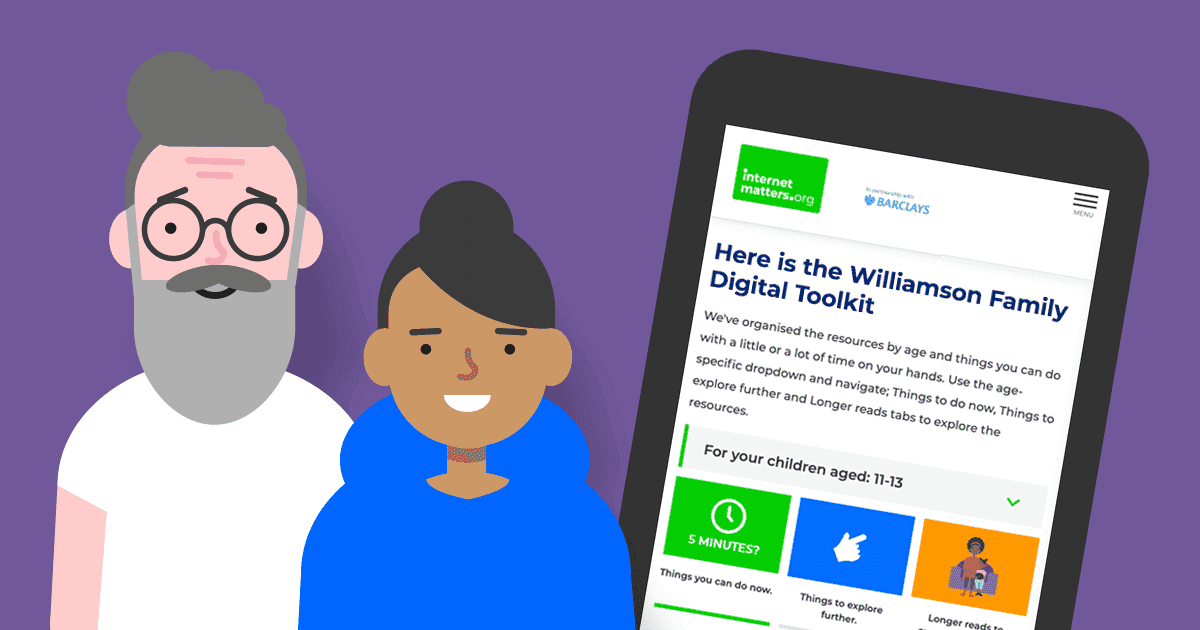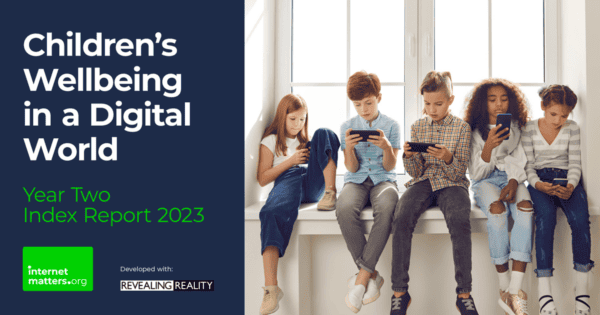Digital Wellbeing Research programme
The Digital Wellbeing Research programme tracks the experiences of children in the online space to help families, educators, Industry and Government make effective and supportive changes.
The Digital Wellbeing Research programme tracks the experiences of children in the online space to help families, educators, Industry and Government make effective and supportive changes.
Children’s wellbeing online is impacted in many ways, both positive and negative. Our Wellbeing Programme highlights what these impacts might be so we can help families and educators keep children safe online. Additionally, our findings work to inform actions needed by both Industry and Government to make the online space as safe as it can be for children and the most vulnerable.
While many ways exist to measure and define wellbeing, our Index follows a four-dimensional model. This model draws on broader literature and conversations with many people within different sectors. The four models are developmental, emotional, physical and social wellbeing.
The digital world is endemic in many children’s lives as it constantly grows and changes. Yet, the social norms and protections have been much slower to resolve meaning there remain considerable concerns. Much of the growth and changes are unregulated, with few social and legal constraints protecting children and young people.
The Index can help track these changes year-on-year, highlighting important opportunities to support all children and help them flourish in a digital world. Additionally, those creating digital products, settings policy agenda or otherwise supporting, educating or parenting children can make informed decisions.
Research from the Index puts emphasis on the importance of supportive home environments and offers insights into the digital tools needed to help manage children’s wellbeing. Importantly, it highlights the areas in which children’s wellbeing might be most affected, including as they relate to children with vulnerabilities.
The Index not only helps guide Internet Matters’ creation of resources and tools to support parents, carers and educators. It also helps inform sectors in Education and Policy to take action in ways that will most benefit children’s growth and safety as they interact with their online world.

Informed by our research and families’ needs, the Digital Toolkit offers parents advice tailored to their child’s online interests and activities.
Take a few minutes to answer some questions about your children’s habits. Then, receive relevant advice and information to support their online safety and wellbeing.
Year 2 of the Children’s Wellbeing Index saw fewer positive effects of being online for UK children, particularly for 9-10-year-old girls, compared with the year before.
